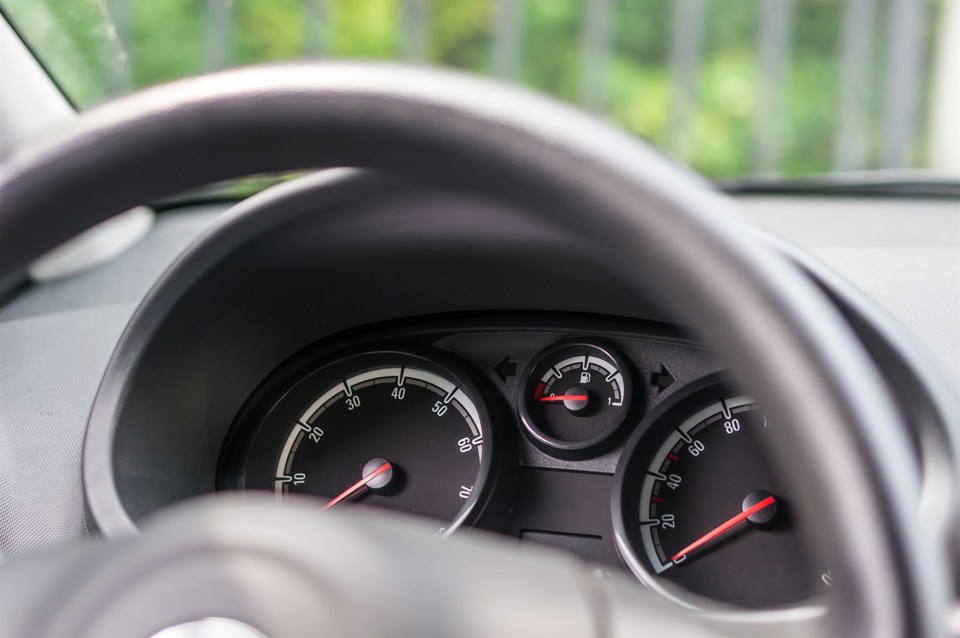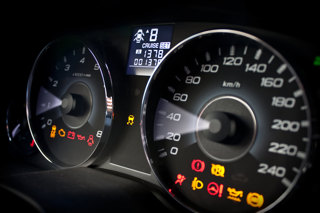The number of vehicles with a mileage discrepancy has increased by 22% year-on-year, according to Cap HPI.
One in 11 vehicles (836,214) checked in 2019 had a mileage discrepancy, an increase of 22.2% over 2018’s figure (607,981) when one in 14 vehicles was recorded as having a mileage discrepancy.
In the past five years, the number of vehicles with mileage discrepancies has increased by 45%.
Fernando Garcia, consumer director at Cap HPI, said: “When conducting a mileage check from HPI, we will identify any mileage discrepancies through both our own National Mileage Register and the car’s MOT history. If a car has been clocked or had its odometer tampered with, then the mileage reading will appear to have decreased which is a false reading.
“A vehicle’s mileage is closely linked to its value. These false readings often correlate to mechanical issues and faults later down the line, which could have safety implications or lead to hefty repair bills.
“All the safety features and modules in a modern car, such as airbags, ABS and ignition, feed information into the vehicle's central computer system. Each time an issue arises, such as a fault warning, a ‘snapshot’ of the vehicle’s mileage will be logged. Unless a vehicle’s mileage is wound back by a particularly diligent clocker who knows to alter the mileage readings on all modules as well as the odometer, these will be out of sync. This will lead to issues with safety warnings – making it potentially very dangerous for the driver, passenger and other road users.”





















Login to comment
Comments
No comments have been made yet.